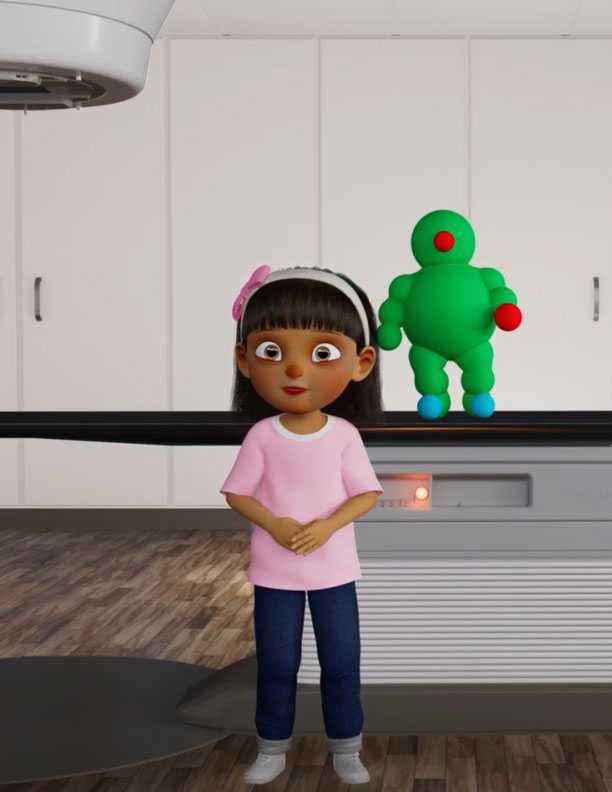Be informed.
Be empowered.
Also called childhood cancer, pediatric cancers occur between birth and 14 years of age. Pediatric cancers are rare, and they are different from adult cancers in how they are treated. Common types of pediatric cancer include brain and spinal tumors, leukemia, lymphoma, tumors in or near the kidney, eye tumors (retinoblastoma), and cancers of the bone and soft tissue.

